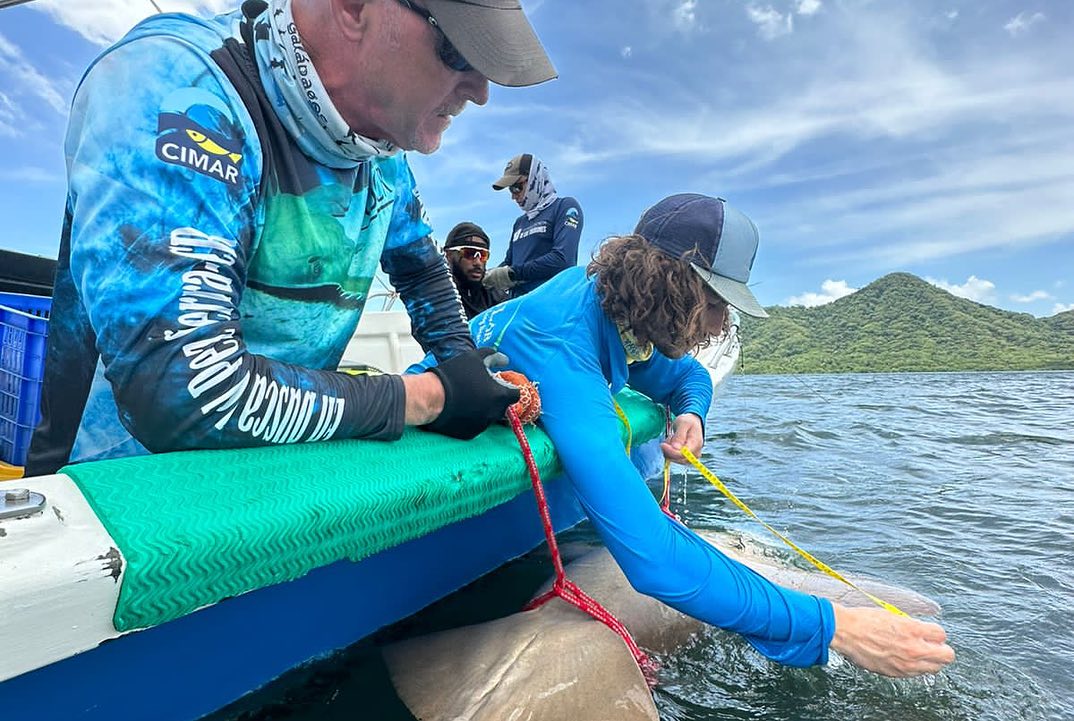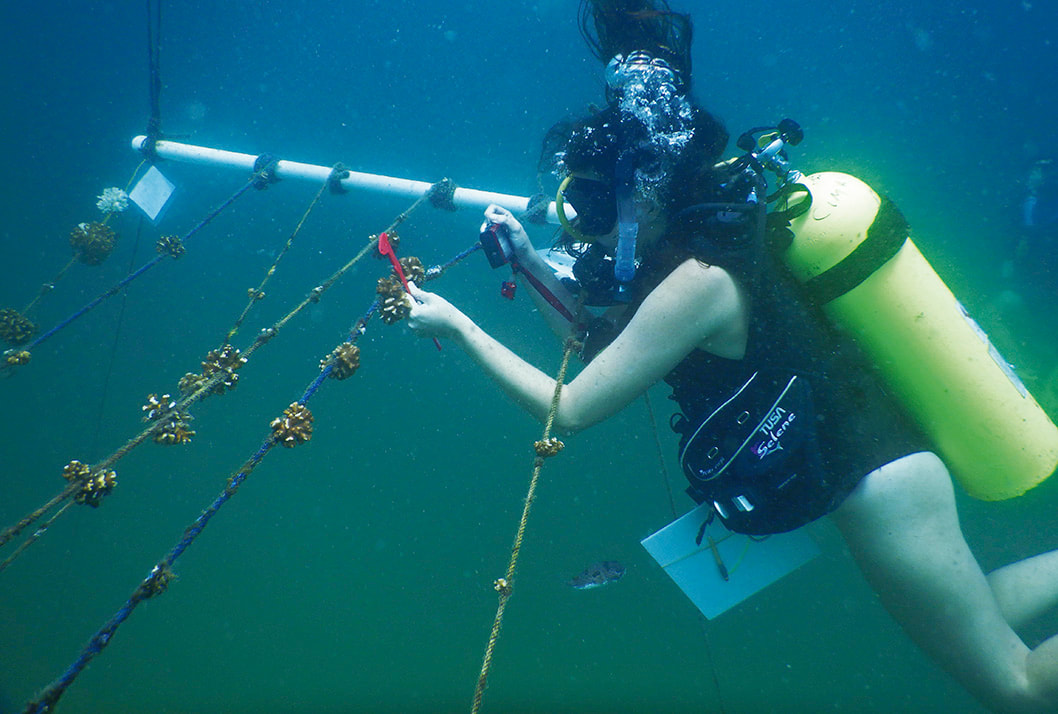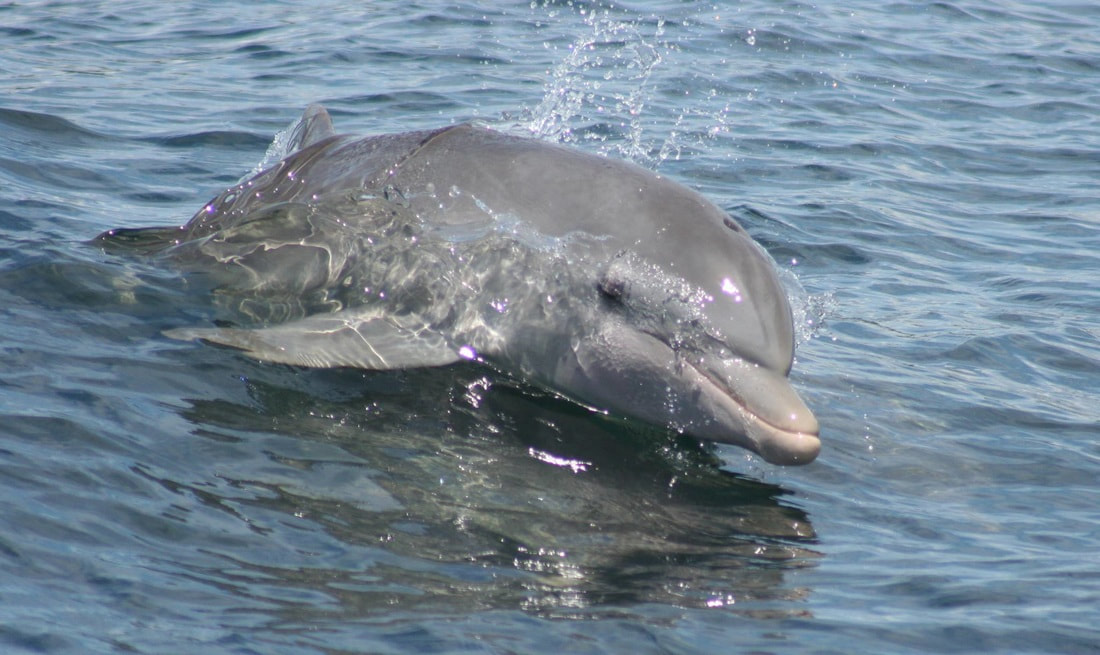|
Students will generate detailed monitoring data, that will be used to assess the factors shaping the ray community in the Santa Elena Bay and inform national conservation planning.
|
|
Recommended Literature Coming soon
Coral reef health in Santa ElenaBecause climate change is expected to increase the frequency and strength of natural disturbances, documenting the current status of coral reef communities and their threats is essential to identify critical habitats, and to establish successful coral restoration projects that preserve ecosystem function and maintain species diversity. Students in this program will work with Dr. Alvarado and his students to gather detailed information on coral reef structure using soundscape monitoring, conventional visual surveys, and photomosaic data. These are cost-effective tools that allows to measure long-term changes in reef-building coral communities
|
Students will generate a collection of oceanographic and coral reefs monitoring data that can inform models to assess the short- and long-term impacts of abiotic and biotic factors in the Santa Elena Bay’s coral reef communities and inform national conservation planning.
|
Recommended Literature go here
|
Students will generate estimations of underwater ambient noise levels in different type of habitats, estimate the contribution of boat engine noise to the overall soundscape, and to generate a collection of recordings from fish and cetaceans that can be used to assess their temporal and spatial presence as well as their response to ambient noise leves. Together the data will inform ongoing efforts to regulate noise levels in critical marine habitats in Costa Rica
|
|
Recommended Literature Coming soon



